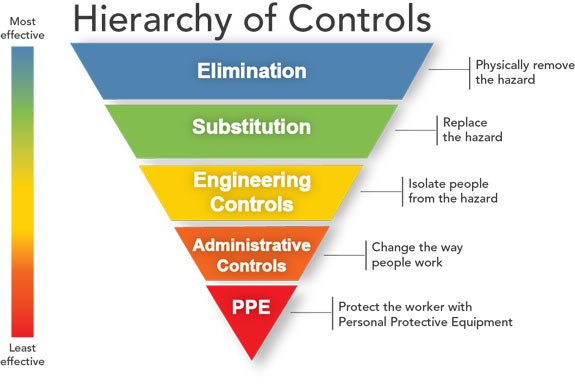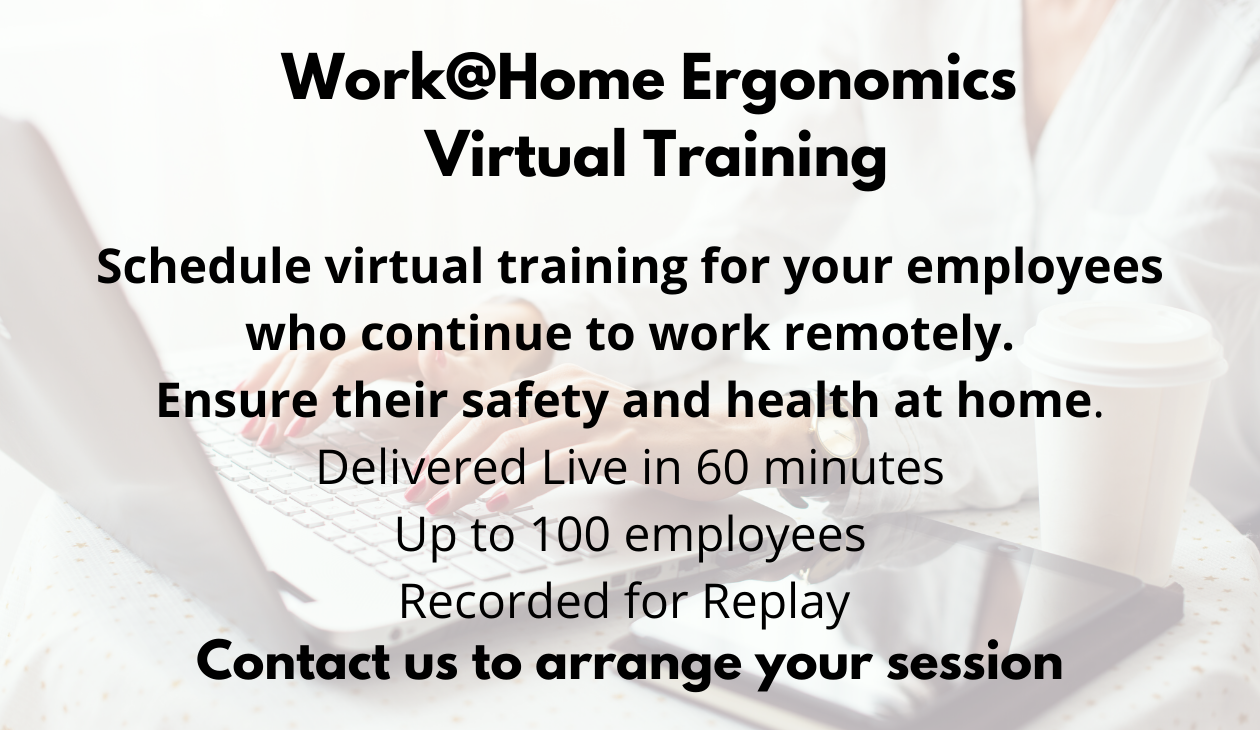.png?width=1260&name=Maslows%20Hierarchy%20(1).png)
Up until a few months ago, 2020 was looking good! Many of us were at the top of Maslow's hierarchy of needs pyramid working on how we can maximize our careers, our businesses, our finances.
Maslow's hierarchy of needs is a theory by Abraham Maslow, which puts forward that people are motivated by five primary categories of needs: physiological, safety, love, esteem, and self-actualization.
There were an excitement and momentum I had not felt in a while. Business climate was good! What we were experiencing was the top of the pyramid.
The tune changed in March, however, when the pandemic took hold of our lives. We suddenly dropped to our knees. We went from the top of the pyramid straight down to the bottom.
Our focus now is on our health, well being, and safety. As we return to work again, it is even more important to understand several hierarchy models and the importance of attestation.
What is Attestation?
Up until a few weeks ago, I had never heard the word attestation much before. Since the pandemic started and the shelter in place has now started to lift, I have seen and heard it more often, and it is something employees are going to have to do more of as we return to work.
The formal definition from Merriam Webster is an official verification of something as true or authentic.
Attestation, as it applies in today's world, is the act of asking employees if they have symptoms associated with COVID-19 like fever, headache, sore throat, etc. or if they have been around anyone they know who has been exposed to COVID-19 or recently developed the illness.
If an employee attests positively that they have symptoms or believe exposure has occurred, then the employer must implement hazard prevention and control measures immediately.
OSHA's Guidance
OSHA has developed a new guidance document for employers to address how to prepare the workplace for COVID-19, specifically. As always, OSHA's general duty clause has always been to provide a safe and healthy workplace. But, in this case, the document strictly pertains to COVID-19 strategies.
In the guidance document, employers are encouraged to develop an Infectious Disease Preparedness and Response Plan and to prepare to implement necessary infection prevention measures.
Both OSHA and the CDC encourage employers to follow the hierarchy of controls to protect employees from contracting COVID-19 at work. This hierarchy is different from Maslow's. All safety and ergonomics professionals should be familiar with the pyramid of strategies focused on the most effective to the least effective to help eliminate or minimize the exposures to any hazard to the extent feasible. .

Figure 1. OSHA's hierarchy of safety controls.
CDC's Return to Work Advice
As of May 6, 2020, the CDC's guidance recommends the following advice for employers seeking to resume normal or phased business operations:
- Conducting daily health checks
- Conducting a hazard assessment of the workplace
- Encouraging employees to wear cloth face coverings in the workplace, if appropriate
- Implementing policies and practices for social distancing in the workplace
- Improving the building ventilation system
The CDC has also put a detailed table together, outlining the engineering controls, administrative controls, and personal protective equipment (PPE) that employers may use to help prevent the spread of COVID-19 in the workplace. To learn more, visit here.
Our priority now is on keeping employees, visitors, and patrons safe. We all need to feel safe when we venture back to the workplace, shops, restaurants, and other public places. It won't be easy, but following the guidance of OSHA and the CDC are critical. For safety and ergonomics professionals, this is familiar territory for us. We can do this!


Comments